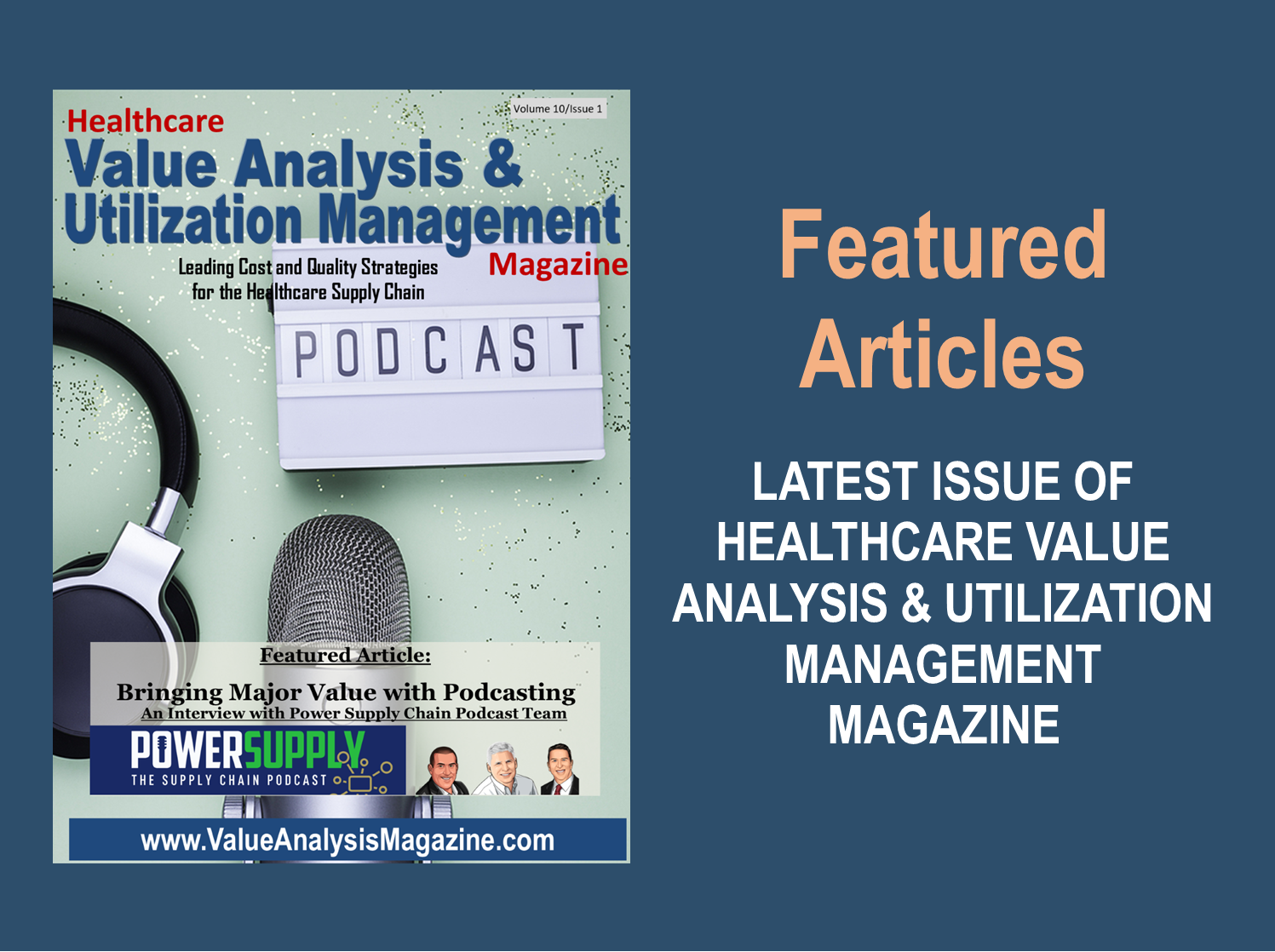What we are seeing in the healthcare marketplace is that CEOs, COOs, and CFOs are scrambling to plug the huge holes in their labor and non-labor budgets due to the effects of the pandemic. For the most part, these executives want to know where their healthcare organization stands on their expenses. The best way we have found to do so is with historical, comparative, and year-over-year key performance indicators (KPIs) that measure your success in managing your expenses. However, your KPIs must be developed organically, logically, and statistically to be of value. Here are five incredibly useful KPI tips for supply chain/value analysis professionals to know where you stand:
1. Establish Goals For Your KPIs Instead of Winging It: If you have decided that one goal is that your backorders are to be at a 98% delivery rate then you need to establish a KPI (orders delivered/received on first delivery) that reflects that objective. So, the process is to develop your KPIs by defining your goal, then dive into your KPI that will give you the outcome you expect.
2. Don’t Measure Everything That Can Be Measured: Although it would be nice to measure every labor and non-labor expense under your control, we have discovered that there are about 15 labor and 726 non-labor supply chain categories out of 932 that make sense to track. As your accountants would say, “Only some things are material, others are nice to know but not essential to your success.”
3. Look For Patterns, Trends, and Anomalies: We have discovered that a KPI measured at one point in time isn’t enough to identify labor or non-labor cost overruns. Only after you have looked for patterns, trends, and anomalies over time (i.e., quarters, months, years) based on historical, comparative, and year-over-year metrics (we call this triangulation) can you reliably point to a savings opportunity.
4. Focus On Quantitative Vs. Qualitative Measurement: Dave Schoenbeck tells us to “focus on quantitative measurements or hard data that attempts to answer ‘how much.’ Though qualitative key performance indicators (KPIs) help you understand why something has happened, the problem is they tend to be vanity metrics that are not only hard to track, but also too subjective. In fact, qualitative performance measures don’t truly exist.”
5. Measure Your KPIs Monthly, Quarterly, and Annually: For the best outcomes, frequent measurement of your KPIs is recommended in order to observe adverse patterns, trends, and anomalies that could creep into your data that needs to be investigated for the integrity of your KPI constructs.
We have found KPIs are one of the most powerful tools to enable your supply chain/value analysis functions to operate at peak performance. As we like to say, “What is measured happens, or doesn’t happen because of lack of planning.”
| About Robert T. Yokl, Founder & Chief Value Strategist for SVAH Solutions |
|---|
| Robert T. Yokl is President and Chief Value Strategist at SVAH Solutions. He has four decades of experience as a healthcare supply chain manager and consultant, and also is the co-creator of the Clinitrack Value Analysis Software and Utilizer Clinical Utilization Management Dashboard that moves beyond price for even deeper and broader clinical supply utilization savings. Yokl is a member of Bellwether League’s Bellwether Class of 2018. https://www.SVAH-Solutions.com https://www.SavingsValidator.com |
Articles you may like:
Why KPIs Can Help You Optimize Your Value Analysis Team’s Performance Almost Overnight
5 Reasons Non-Conformance to Requirements is Holding Back Your Savings Opportunities





